Allan Chase – Ear Training for Live Performance
Original price was: $1,250.00.$249.00Current price is: $249.00.
Digital Download: Allan Chase – Ear Training for Live Performance
You will have access to the digital downloads in your order email.
You will also be able to access your downloads from your account dashboard.
Short Description:
The course uses the classic method of call and responselistening to melodic ideas, singing them in response, and then playing them, gradually building skills to recognize and play back more complex melodic ideas in all keys and scale types.
- Description
- Reviews (5)
Description
Description
Allan Chase – Ear Training for Live Performance
To grow as a musician, it is essential to develop your ability to recognize what you hear on recordings and what others are playing in your band and then translate that to your instrument. Ear Training for Live Performance is designed to teach you to play what you hear more quickly, allowing you to interpret and respond to music with greater conviction and expression because you are more certain of the notes you are singing or playing. The course works to build connections between your instrument, your inner hearing or aural imagination, your voice, and music notation.
The course begins by exploring the melodic possibilities of the major scale, using the solfege technique to identify scale steps. You will also learn to master basic rhythms in common meters of 4/4, 3/4, and 2/4, using conducting patterns to keep your place and subdivide accurately. The course then covers all the forms of the minor scale, the major and minor pentatonic and blues scales, and the modesDorian, Mixolydian, Lydian, and Phrygian. In each scale or mode, you will learn to recognize, sing, and play the common melodic patterns and tendencies of the notes. As the course progresses, it adds new rhythms, including syncopated and tied sixteenth-note and eighth-note rhythms, triplets, and swing rhythms. In addition, it examines mixed-mode melodies, using all twelve notes of the chromatic scale, and introduces polyrhythms.
The course uses the classic method of call and responselistening to melodic ideas, singing them in response, and then playing them, gradually building skills to recognize and play back more complex melodic ideas in all keys and scale types. You will practice identifying bass lines, melodies, intervals, scale types, and rhythms by ear, and then transcribing them. You will also perform melodies, rhythms, and melodic duets in a variety of keys and modes. The course features a number of creative ear training exercises, in which you write simple melodies and rhythms and sing or play them, or improvise a melodic idea and then identify the pitches and rhythms. Each lesson will also include sight singing of melodies and rhythms.
The course uses musical examples from many artists, styles, and eras, including John Coltrane, Miles Davis, Keith Jarrett, The Beatles, Jimi Hendrix, King Oliver, Bessie Smith, and other examples from jazz, blues, rock, R&B, folk, country, classical, and film music.
The goal of the course is to make you better able to recognize the notes and rhythms you hear, play what you imagine, write down musical ideas, and hear the sounds clearly as you read music notation. Performance ear training skills will make you a better performer, improviser, band member, accompanist, songwriter, composer, arranger, producer, and/or teacher.
By the end of the course, you will be able to:
- Recognize, sing, play, and transcribe melodies and bass lines in any key and scale, including major, minor, pentatonic, blues, or modal
- Recognize, perform, and transcribe all the common rhythms in all the common meters, including sixteenth-note syncopations, triplets, and swing rhythms in 4/4, 2/2, 2/4, 3/4, 6/8, and 12/8
- Sight sing melodies and rhythms from notation (if pursuing the optional sight-singing track)
Syllabus
Lesson 1 Building Connections: Inner Hearing, Voice, and Instrument
Lesson 2 Major Scale Interval Exploration
Lesson 3 Minor Keys and Cut Time
Lesson 4 More Minor Scales
Lesson 5 Minor Pentatonic Scale and the Minor Blues Scale
Lesson 6 Major Pentatonic and the Melodic Language of Blues
Lesson 7 The Mixolydian Mode and More Syncopated Rhythms
Lesson 8 The Lydian Mode
Lesson 9 The Phrygian Mode, ♭II and Ra, the Spectrum of Modes
Lesson 10 Mixed Modes
Lesson 11 Mixed Modes, Part 2, and Polyrhythms
Lesson 12 Practice Techniques and Final Project
.rTable { display: table; width: 100%;}
.rTableRow { display: table-row; }
.rTableHeading { background-color: #ddd; display: table-header-group; }
.rTableCell, .rTableHead { display: table-cell; padding: 3px 10px; border: 1px solid #999999; }
.rTableHeading { display: table-header-group; background-color: #ddd; font-weight: bold; }
.rTableFoot { display: table-footer-group; font-weight: bold; background-color: #ddd; }
.rTableBody { display: table-row-group; }
.rTable { display: table; width: 100%;}
.rTableRow { display: table-row; }
.rTableHeading { background-color: #ddd; display: table-header-group; }
.rTableCell, .rTableHead { display: table-cell; padding: 3px 10px; border: 1px solid #999999; }
.rTableHeading { display: table-header-group; background-color: #ddd; font-weight: bold; }
.rTableFoot { display: table-footer-group; font-weight: bold; background-color: #ddd; }
.rTableBody { display: table-row-group; }


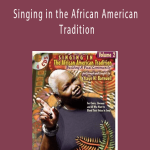





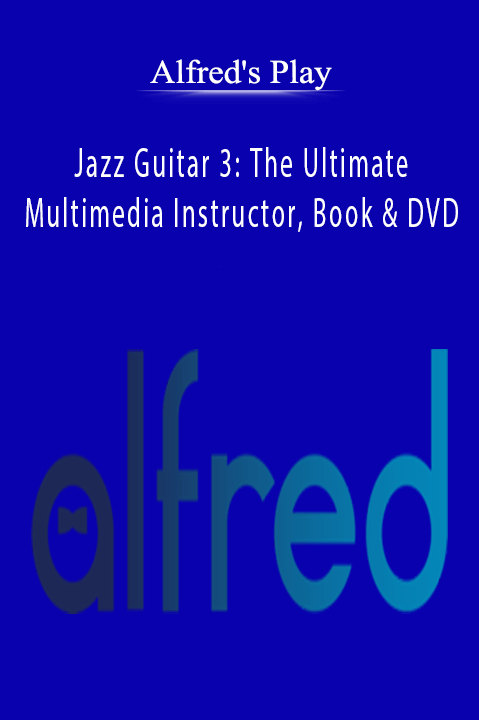
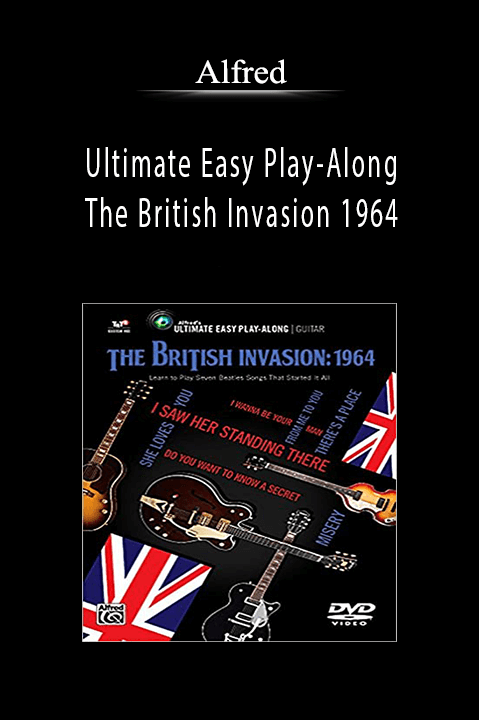
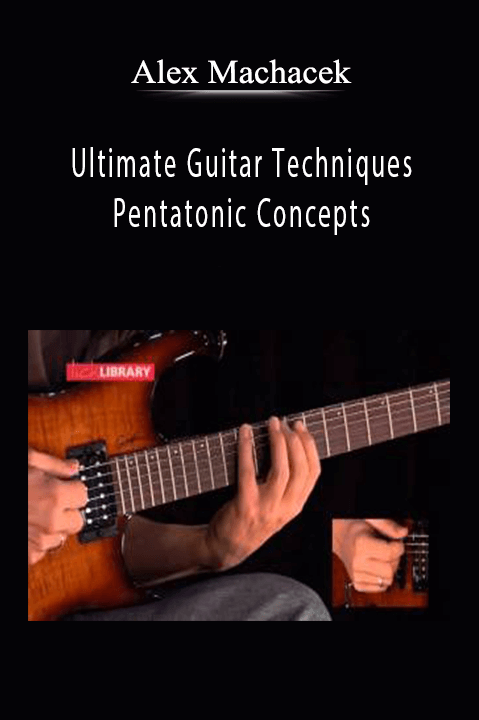


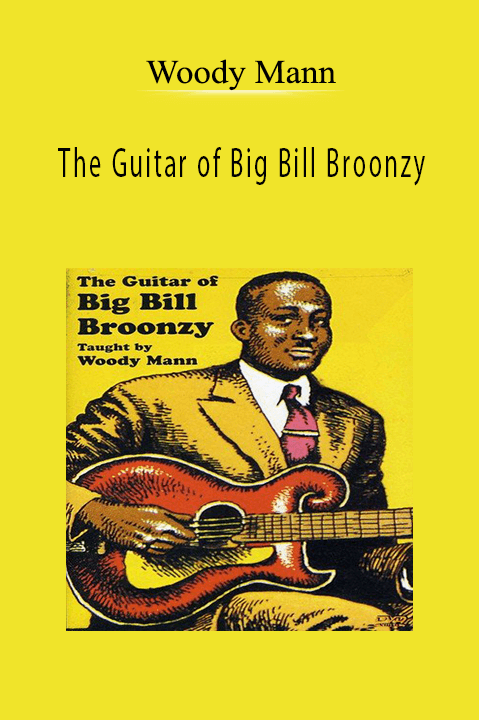

5 reviews for Allan Chase – Ear Training for Live Performance
There are no reviews yet.